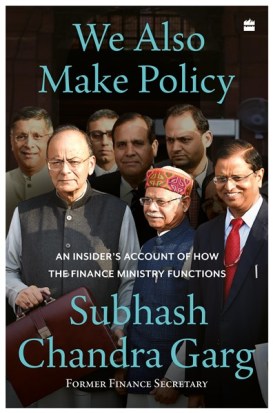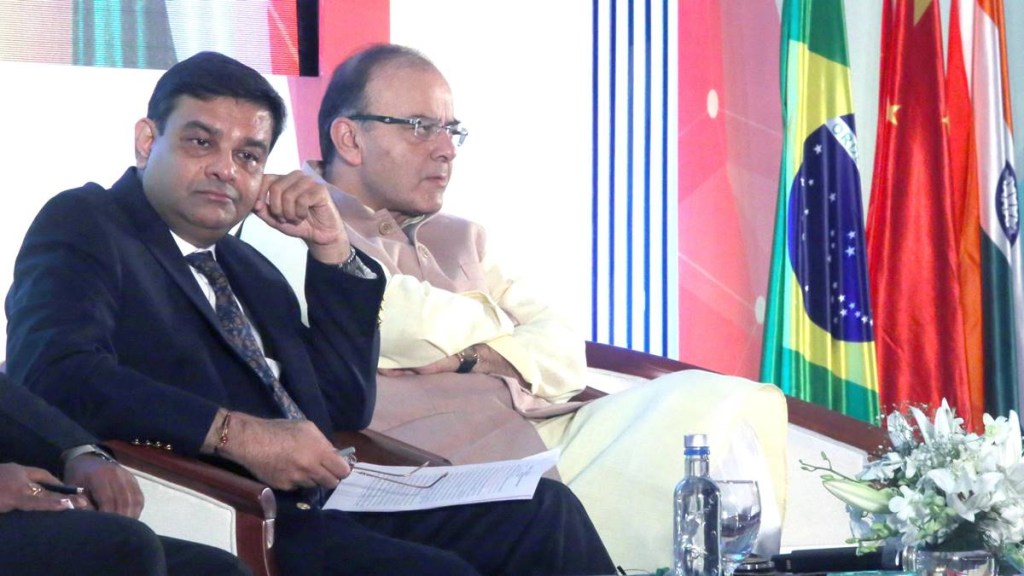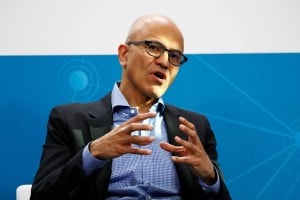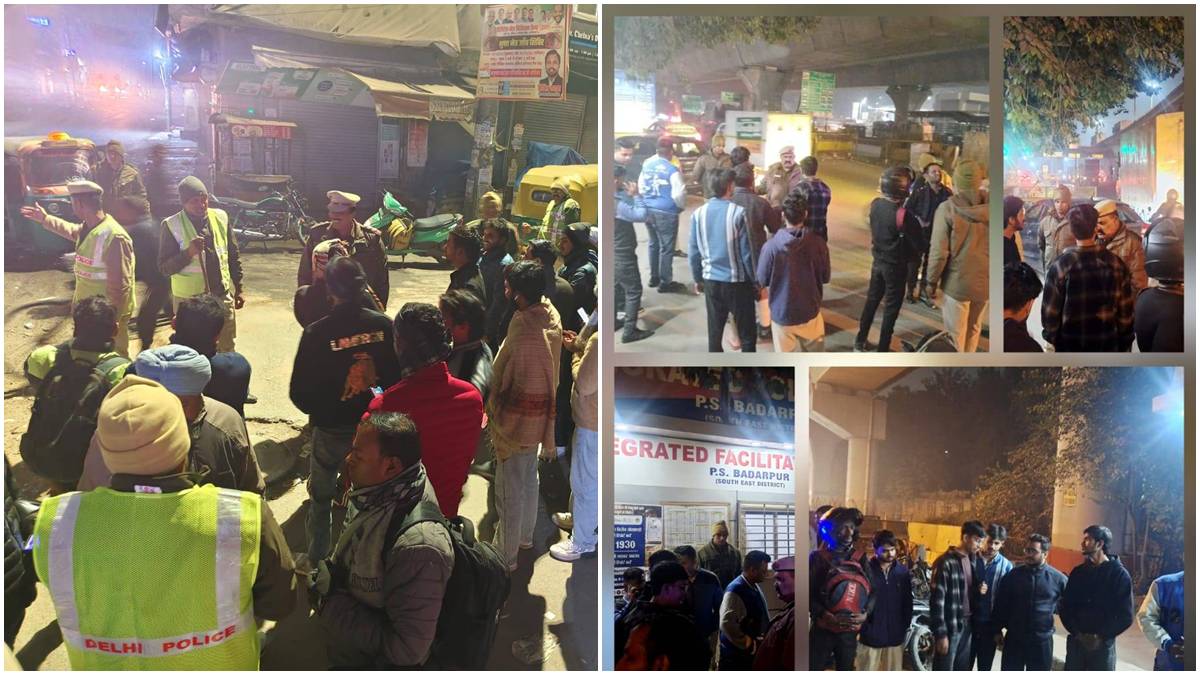By July 2018, the government was frustrated with RBI under Dr Urjit Patel. A big build-up had led the situation to rise to this unfortunate level, a level that had upset even a person like Arun Jaitley.Its seeds started germinating on 12 February 2018, when RBI Governor Urjit Patel had come out with an extremely straitjacketed formulation for dealing with the non-performing loans of the banking sector and taking these defaulters for resolution under the IBC. This had created major problems for bank loans to power-generation companies.
RBI also refused to participate in the High-Level Empowered Committee, constituted under the chairmanship of the cabinet secretary, to resolve stress in the power sector consequent to the Allahabad High Court order that called for examination of issuance of a direction under Section 7 of the RBI Act.On 14 March 2018, Urjit Patel had delivered a scathing speech at the Centre for Law & Economics at Gujarat National Law University in Gandhinagar. In this speech, he questioned the government’s inability to shed regulatory authority over nationalized banks, leaving RBI with inadequate regulatory authority over the PSBs compared to private-sector banks.
By elevating himself to the status of the mythical ‘Neelkantha’, Urjit Patel indicated that he was willing to drink all the poison. This speech and characterization painted the government in a poor light.Through March and April 2018, Urjit Patel had tried to scuttle the government’s electoral bonds scheme by insisting, as an afterthought (after first agreeing to the proposal of designing and issuing these bonds through the banking system), that the electoral bonds should be issued only by RBI, that too in the digital mode. This would have made the electoral bonds a non-starter on account of complete traceability of the donors.While the real interest rates were still quite high in India, RBI, under Urjit Patel, had raised the repo rate to 6.25 per cent in June 2018, attributing a potential rise in inflationary pressures to the government’s decision to hike minimum support prices.

He followed it up with another rise of 25 per cent in August 2018. RBI was maintaining a very tight liquidity situation, with banks being forced to continuously borrow from it under the liquidity window.***Pressure was building on the government to put additional capital in banks to the tune of lakhs of crores. The government was immensely concerned about all these issues and wanted the liquidity situation to be eased, measures to be taken to shore up foreign exchange reserves, a pragmatic approach to be adopted to resolve the non-performing loans crisis and a more supportive framework to deal with the PCA framework.
Growing Distrust Leads to Lines of Communication Snapping
The more the government wanted to discuss these matters with RBI, the more intransigent and non-communicative Urjit Patel became. ***An unusually tolerant and accommodative man, Finance Minister Arun Jaitley felt bad about the way RBI, in particular Urjit Patel, was conducting himself. He expected minimum courtesies from the governor, with whom he was always extracourteous. He genuinely wanted RBI to be reasonable and do only the minimum necessary in the public interest to keep the economy going. However, Urjit Patel seemed to behave as though he did not want to do anything at the behest of the government. The perception was widely gaining ground, which Arun Jaitley also shared, that Urjit Patel wanted to go down in history as the most independent governor of RBI.
Unusual Situations Call for an Unusual Response
In this extraordinary situation, the government felt it was left with no choice but to invoke Section 7 of the RBI Act, 1934, to issue directions to RBI to do what the government felt was absolutely necessary in the interest of the public and the economy. Section 7 (1) of the RBI Act provides that the ‘Central government may from time to time give such directions to the Bank as it may, after consultation with the Governor of the Bank, consider necessary in the public interest.
’***
It was against this backdrop that Prime Minister Modi decided to convene a meeting to review the state of the economy and what RBI could be asked to do. This meeting took place on 14 September 2018. The meeting was attended by Urjit Patel with his two deputy governors, Viral Acharya and N.S. Vishwanathan. From the government, Finance Minister Arun Jaitley, Railways Minister Piyush Goyal, Principal Secretary to the Prime Minister Nripendra Misra, Additional Principal Secretary P.K. Mishra, DFS Secretary Rajiv Kumar, and I, were present.
***
Governor Urjit Patel made a presentation, where his diagnosis was even more alarmist than the prevailing economic situation, and painted a horrible picture.
***
He offered some recommendations—all for the government to take and nothing for RBI to do, besides what it had been doing already. He proposed four major solutions. He asked that the long-term capital gains (LTCG) tax, imposed in Budget 2018–19 in February 2018, be scrapped. He emphasized the urgent need to bring down the fiscal deficit drastically for a macroeconomy reset.
For this, he proposed the government scale-up disinvestment targets massively. His other suggestion was to go to the new multilateral institutions like the Asian Infrastructure and Investment Bank and New Development Bank to persuade them to invest in Government of India bonds. Last, he proposed that the government pay up the pending bills of several companies, including MSMEs, which, in his judgement, amounted to thousands of crores.
Finance Minister Arun Jaitley rarely showed frustration publicly. Nor did he normally contradict and question senior functionaries. That day, he could not contain himself. He intervened to say that the solutions presented by Governor Urjit Patel were no solutions at all; they were totally impractical and generally undesirable.Rajiv Kumar apprised the PM of how difficult the situation had become with respect to non-performing loans, especially of the power sector and MSMEs, because of the stand RBI had taken. He also complained against RBI for not even consulting DFS or him, when RBI decided to issue the 12 February circular. He recited how embarrassing it was for him to learn about the circular from the newspapers and how he had to still publicly defend the circular only to ensure there were no wrong perceptions about the relationship between the government and RBI.In my comments on the presentation, I questioned the very premise of the RBI governor’s diagnosis and the impossibility of bringing down the fiscal deficit further or raising disinvestment targets dramatically. I pointed out that suggestions like approaching AIIB and NDB would be quite slow-moving and at best yield not more than $2–3 billion in inflows over a period of one to two years.***The governor agreed to two of these, agreed to examine two and disagreed with the other two. Finance Minister Arun Jaitley held a hurriedly convened press conference at about 9.45 p.m., to announce the decisions taken in consultation with RBI aimed at improving the flow of foreign exchange in the country.
Governor Patel Receives Some Plain-speak from the PM
Besides the worsening economic situation, the considerable strain that had developed between the government and RBI also weighed on the mind of Prime Minister Modi. He had selected Dr Urjit Patel as governor and had been defending him all along. Any proposal that was seen as causing any discomfort to RBI or Urjit Patel would be nipped in the bid by the PMO.Urjit Patel was a poor communicator. He had virtually stopped communicating with me by July 2018.
His communication lines with officiating Finance Minister Piyush Goyal and Finance Minister Arun Jaitley had also broken down. The only communication took place through P.K. Mishra in the PMO. There was some breakdown in communication with P.K. Mishra as well, after Urjit Patel made a 180-degree turn with respect to electoral bonds. The PM was not happy with the situation that had developed in the past few months when the government had to resort to Section 7 of the RBI Act, 1934. His patience had possibly been fully tested and he was sick of the situation.Prime Minister Modi had listened to Governor Urjit Patel very carefully and patiently. After about two hours of presentations and discussions, he saw no solution emerging. His assessment appeared to be that RBI was not on top of the situation and was unwilling to do anything meaningful to address the economic situation and resolve its differences with the government.At that stage, the PM lost his cool and took on Urjit Patel.
I saw him in such an angry mood for the first time. He was scathing in his attack on RBI’s stance on the resolution of non-performing assets (NPAs) and its intransigent, impractical and inflexible attitude to finding solutions. He criticized Governor Patel for proposing the withdrawal of the LTCG tax, which had since stabilized with hardly anyone objecting to it, and asking for fiscal deficits to be cut down further in the middle of the financial year. He compared Urjit Patel to the snake who sits over a hoard of money, for being unreceptive to putting RBI’s accumulated reserves to any use. Prime Minister Modi had also been briefed about the reluctance of Governor Urjit Patel to convene a special meeting of the Central Board despite agreeing to do so in the last meeting of the board held on 8 August 2018. The governor had agreed to convene this special meeting on 30 or 31 August subject to ‘all directors attending it’.
RBI had also sought the convenience of the directors by writing letters the following week. However, Governor Patel had developed second thoughts and had not convened the meeting. The PM was critical of the governor for not calling this special meeting to discuss burning -issues and take decisions.When we were leaving after the meeting I asked Urjit Patel, tongue-in-cheek, whether he would convene the special meeting of the Central Board. Sticking to his intransigent stance, he responded without batting an eyelid: ‘I will not.’
(Excerpted with permission from Subhash Chandra Garg’s We Also Make Policy published by HarperCollins)







